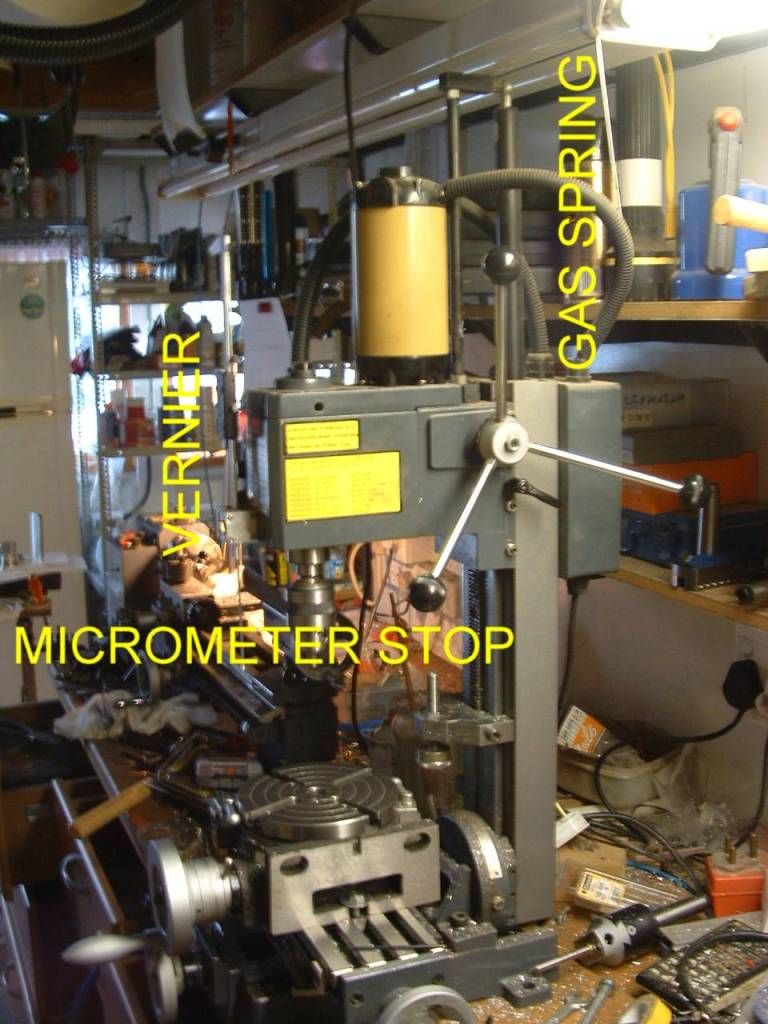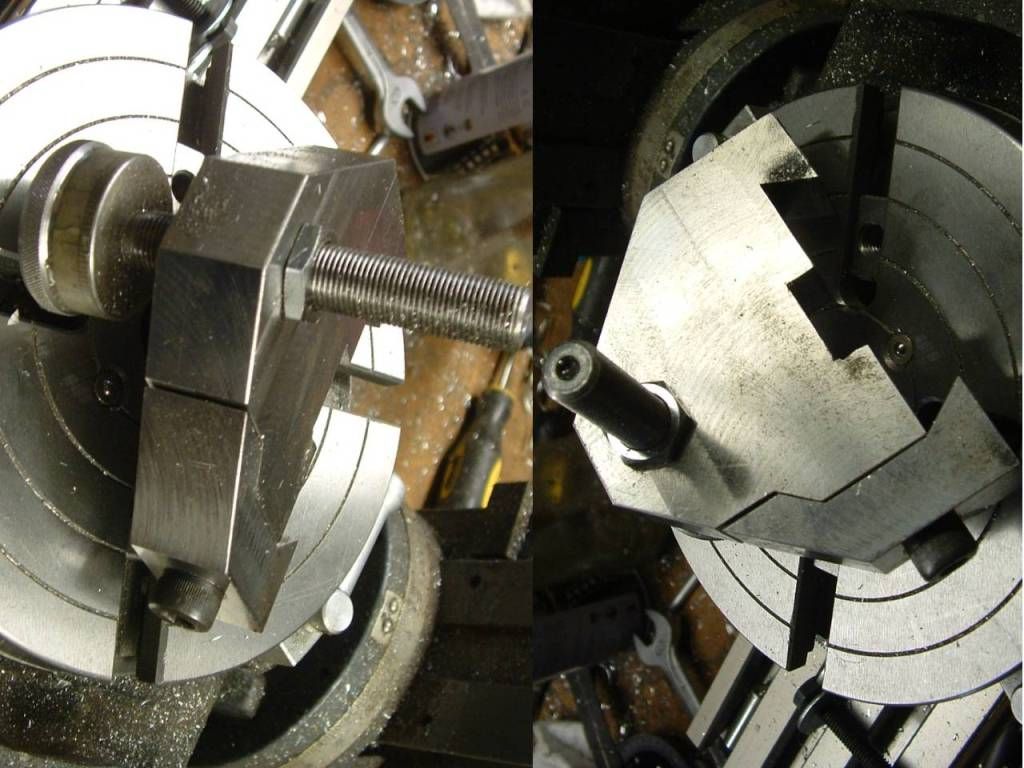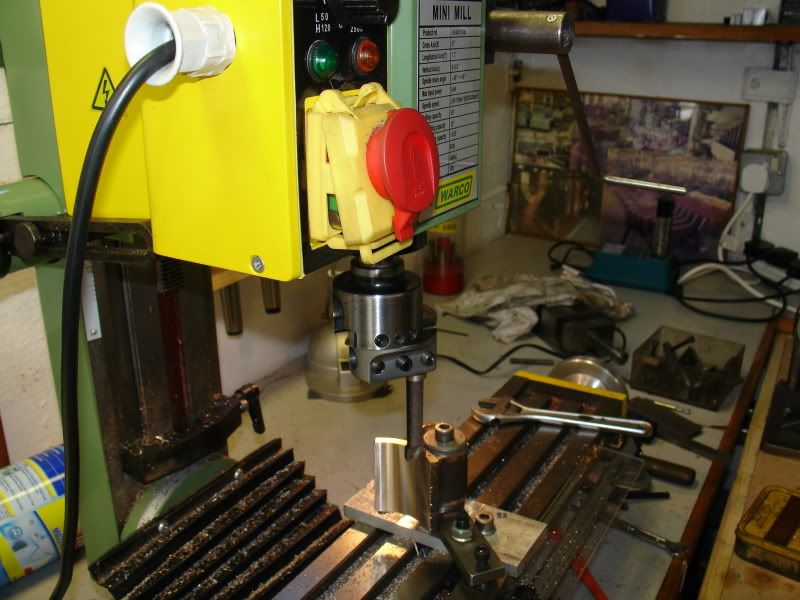Cedge
Well-Known Member
- Joined
- Jul 12, 2007
- Messages
- 1,730
- Reaction score
- 29
Mark....
Maybe because I own it and simple wanted to tinker with it. It did all I ever asked of it, but I could and did make it do more than the original design. The challenge was half the fun. You can polish your whatever but the rest of us have mills to play with. I didn't think we needed your permission.
Steve
Maybe because I own it and simple wanted to tinker with it. It did all I ever asked of it, but I could and did make it do more than the original design. The challenge was half the fun. You can polish your whatever but the rest of us have mills to play with. I didn't think we needed your permission.
Steve








